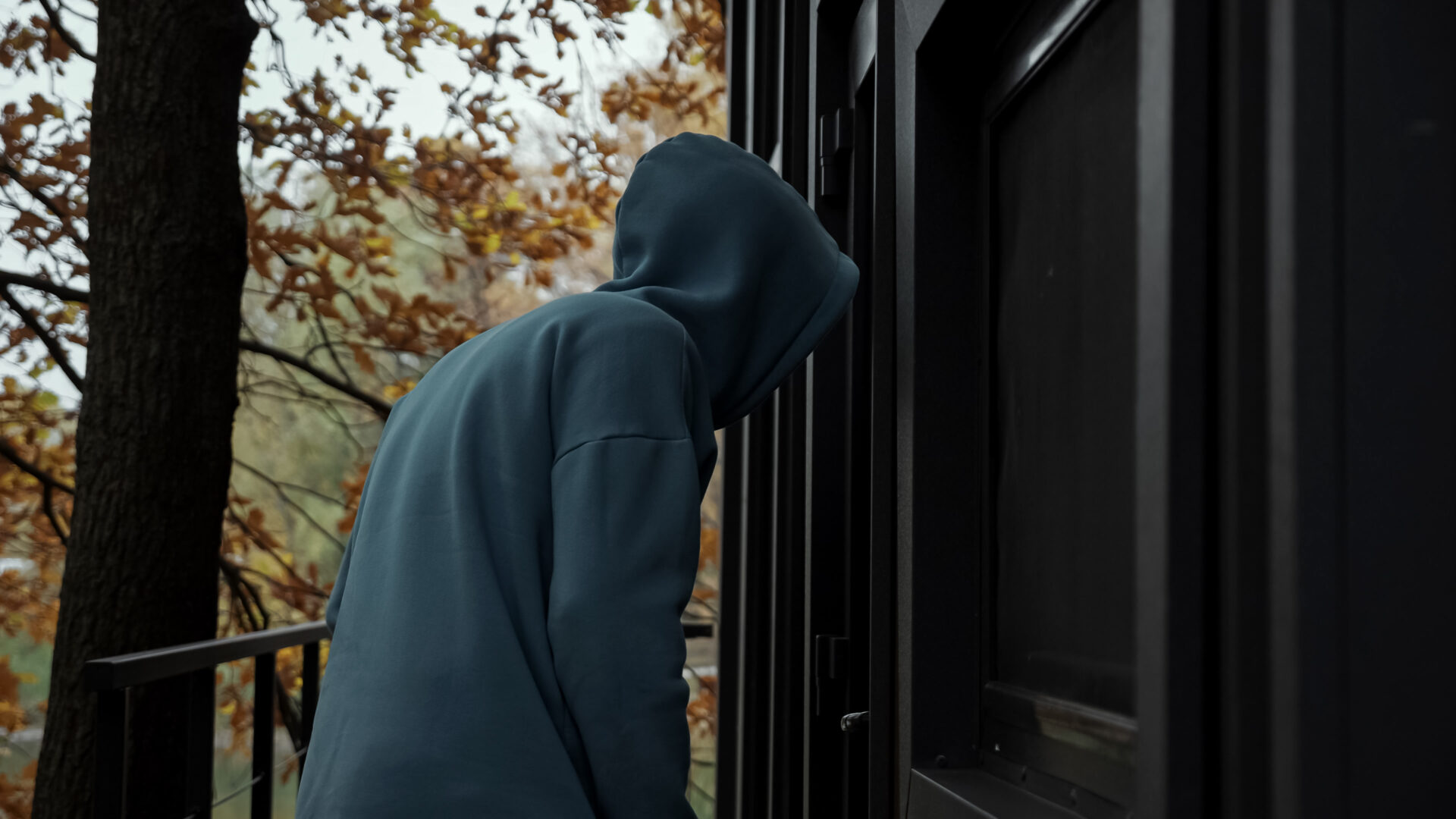
Cuckooing might also be referred to as “home takeover”, or “home invasion”.
It involves criminals taking control of another person’s home in order to use it for criminal activity.
This criminal activity could involve offences relating to drugs, sexual abuse, and weapons. Criminals might also use the property to store money or stolen goods, or simply as a place to sleep.
Cuckooing can be part of County Lines activity. Read our full introduction to County Lines here.
During the 2024 national County Lines Intensification Week (25 Nov – 2 Dec) 853 cuckooed addresses were visited by police forces across the country.
Cuckooing and Consent
Cuckooing involves taking control of another person’s home without their consent.
In UK law, a person cannot consent to their home being used in a certain way if:
- They are under 18 years old.
- They do not have capacity to give consent.
- They do not have sufficient information to enable them to make an informed decision.
- They have not given consent freely
- They have withdrawn their consent.
UK law also recognises that a person cannot freely give consent for their home to be occupied if this consent is obtained by coercion, deception, or other forms of abuse.
In February 2025, the UK Home Office and Ministry of Justice published a factsheet outlining their intentions to strengthen the law around cuckooing, and related offences. Read the UK government factsheet here.
Who Do Criminals Target For Cuckooing?
Criminals might target:
- People with drug or alcohol addictions.
- People who are struggling financially. In this way, cuckooing can be a form of financial abuse.
- The elderly.
- People with mental health issues or learning disabilities.
How Does Cuckooing Work?
A criminal organisation, or an individual criminal, will take control of another person’s house to use it for criminal activity.
The criminal might trick the person into giving control of their house, through manipulating the person into thinking of them as a friend. This is an example of “mate crime”.
Or, the criminal might use threats of violence or abuse – or actual violence or abuse – to intimidate, control, and coerce the person into giving up their home.
Using another individual’s house for criminal activity helps criminals avoid police detection.
This short video from West Yorkshire Police explains how cuckooing works with a case study:
Newcastle Safeguarding also has a short animation outlining how a home takeover situation can arise.
What To Do If You Think Someone You Know is a Victim of Cuckooing
Cuckooing is a criminal offence. So if you suspect cuckooing activity is taking place in your community, or if you think someone you know is a victim of cuckooing, you need to let the police know as soon as possible.
There are a number of ways you can do this:
- Talk to a police officer in person.
- Visit your nearest police station.
- Call 101 to report your concerns. Or, if you think someone is in immediate danger, call 999.
- If you want to remain anonymous, you can call Crimestoppers on 0800 555 111.
Preventing and Disrupting Cuckooing
The University of Leeds has produced a free toolkit to help professionals understand, prevent, and disrupt cuckooing activity.
The toolkit contains an information booklet, a risk identification tool, an introduction to the cuckooing safeguarding process, and some posters and leaflets to help spread awareness.
Access the Preventing and Disrupting Cuckooing toolkit here.
